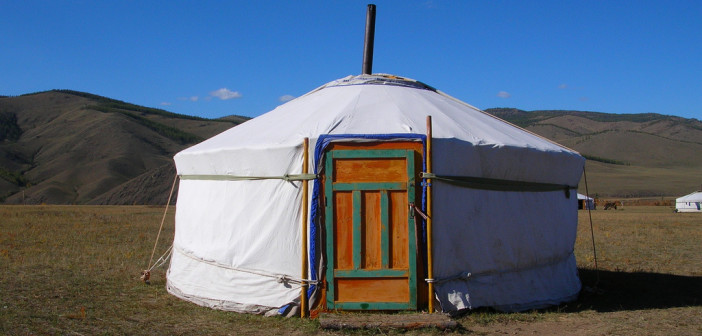Mongolia: Tea With Milk and Beef Bits, Please
What do you like to add to your tea? Milk and sugar? Maybe some honey if you have a sore throat? What about barley, salt, and a little horsemeat? These condiments may sound off-putting to some, but milk tea with salt and meat is a common treat in Mongolia.
While the ancient Mongols loved tea just as much as the next guy, their lifestyles differed greatly from their Chinese and Japanese counterparts. The Mongols were a nomadic population of horse-herder warriors (Game of Thrones fans: imagine the Dothraki with bows instead of scimitars, and you’ve got Mongols). Mongols adapted Chinese tea rituals to their own nomadic lifestyles. Rather than carrying around bulky bags of loose-leaf tea, the Mongols compressed and dried tea stems into solid bricks, and broke off pieces of these bricks as needed. Tea in Mongolia was almost always served with milk, an important staple of the Mongol nomads. For a heartier tea, savory elements like salt, rice, and yes, even meat were added to the brew!
Without the Khans, there would be no English Teatime
Mongols played a crucial role in the spread of tea westward into the Middle East and Europe. Although Genghis Khan and the Mongols are famous for their brutal warfare and conquests, their conquered territories were left in a state of relative peace and unity. This “Pax Mongolica” created a trade network spanning from western China to southeast Europe. So next time you enjoy a cup of tea, be sure to thank the Mongol hordes!



